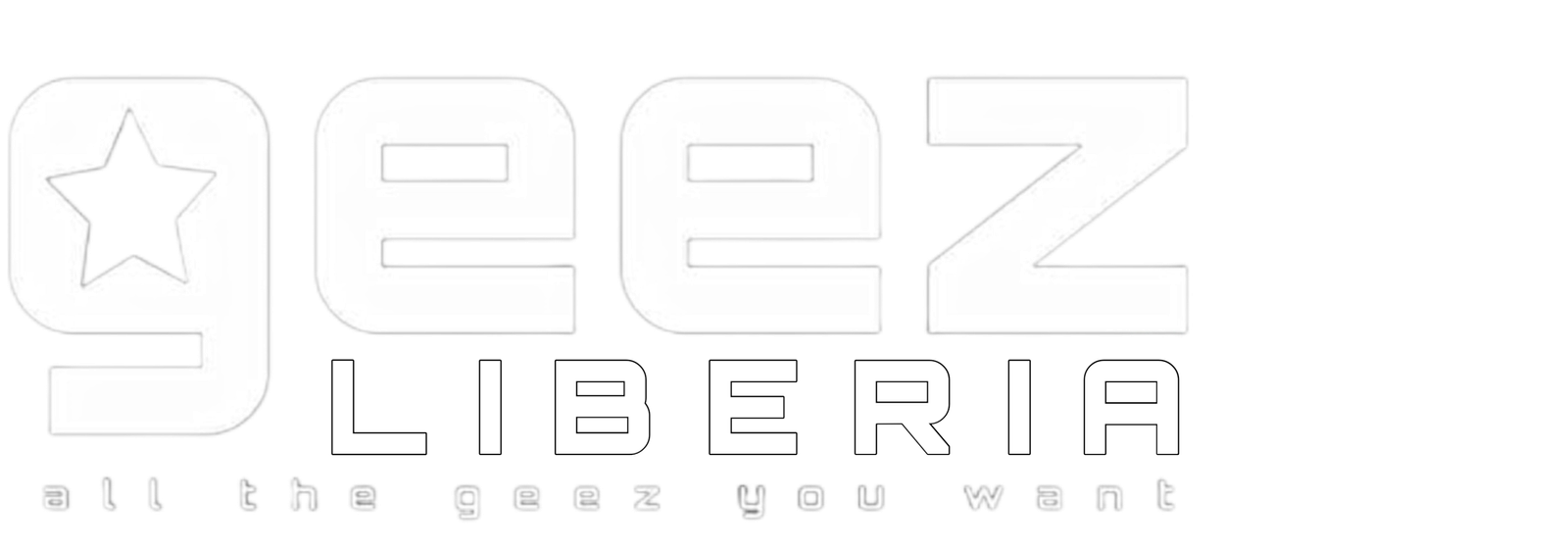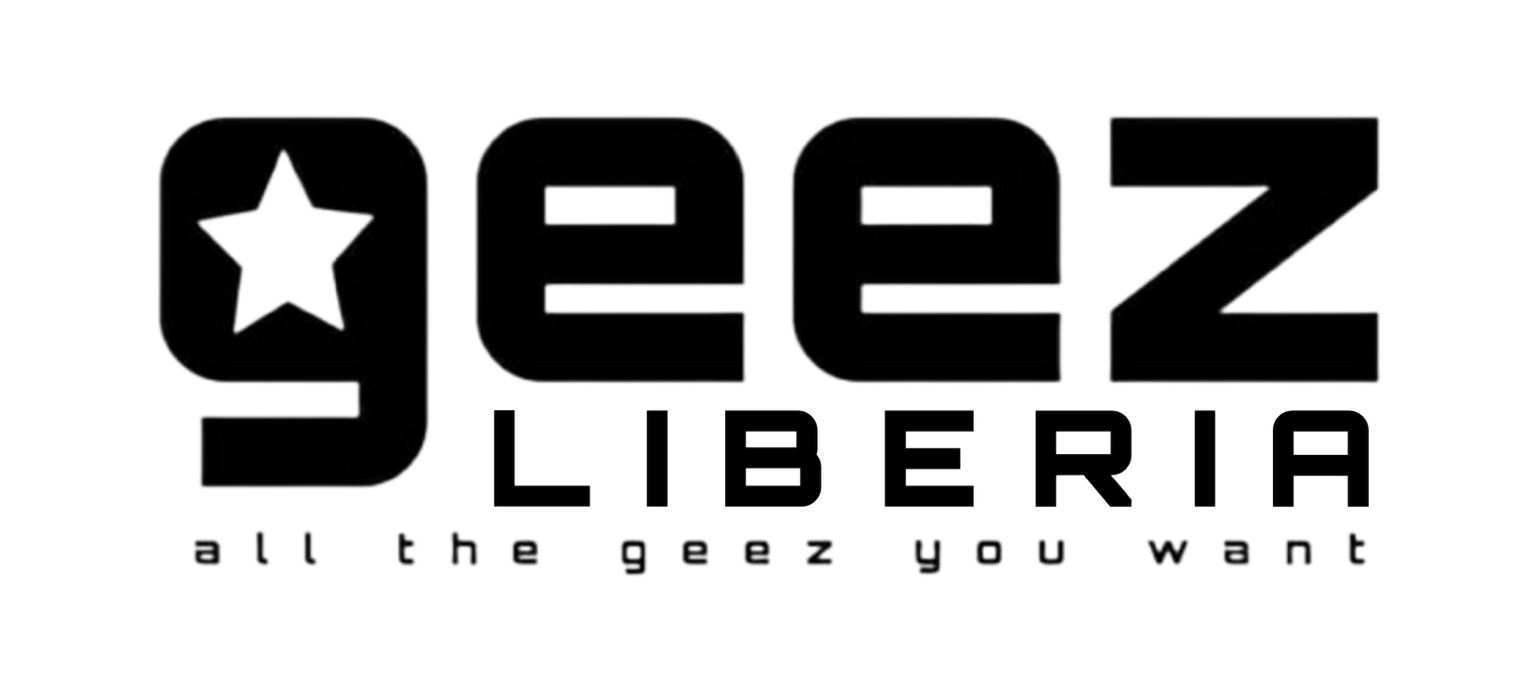Twenty-nine years ago today, Liberia plunged into one of the most devastating chapters of its civil war, the April 6, 1996 street battles that turned Monrovia into a bloodbath. For many Liberians, this date remains a wound that has yet to fully heal, a reminder of the horrors of war and the fragility of peace.
The violence erupted when forces loyal to warlord Charles Taylor (NPFL) and Alhaji Kromah (ULIMO-K) launched a brutal assault to arrest their rival, Roosevelt Johnson, leader of the ULIMO-J faction, who was accused of murder. Johnson and his fighters barricaded themselves inside the Barclay Training Center (BTC), Monrovia’s main military barracks, leading to a prolonged siege.
Taylor’s forces, many of them child soldiers, some as young as 12, repeatedly stormed the BTC, using heavy artillery and indiscriminate gunfire. Civilians were trapped in the crossfire, with entire neighborhoods like Sinkor, Mamba Point, and Capitol Hill becoming battlegrounds. The fighting raged for three months, leaving thousands dead, wounded, or displaced.
The April 6 war was among the deadliest urban battles of Liberia’s civil conflict. Eyewitnesses recall:
- Mass executions of civilians accused of supporting rival factions.
- Looting and arson that destroyed homes, businesses, and government buildings.
- Refugees fleeing in terror, with many drowning in the Mesurado River while trying to escape.
The Red Cross and humanitarian groups reported thousands of casualties, though the exact death toll remains unknown due to the chaos. The destruction was so severe that Monrovia was left without electricity, clean water, or functioning hospitals for weeks.

The fighting only ended in August 1996, after ECOMOG (West African peacekeepers) intervened and brokered a shaky ceasefire. By then, Monrovia lay in ruins, and Liberia’s war had entered its seventh year, with no clear victory in sight.
Decades later, survivors and victims’ families continue to demand official recognition of the atrocities. While the Truth and Reconciliation Commission (TRC) documented many war crimes, few perpetrators have faced justice.
“Memorials are not just about the past, they are a warning for the future,” says Emmett Harmon, a civil war survivor. “If we forget what happened on April 6, we risk repeating it.”
Today, Liberians across the world are sharing tributes under hashtags like #April6NeverAgain and #GeezLiberia, honoring those lost. Some are visiting mass grave sites, while others are calling for a national monument to preserve the memory of the war.
As the sun sets, the nation pauses to reflect, not just on the pain of war, but on the resilience of its people. The lesson of April 6 remains clear: Liberia must never return to those dark days.
🇱🇷 May the souls of the fallen rest in power. 🇱🇷




